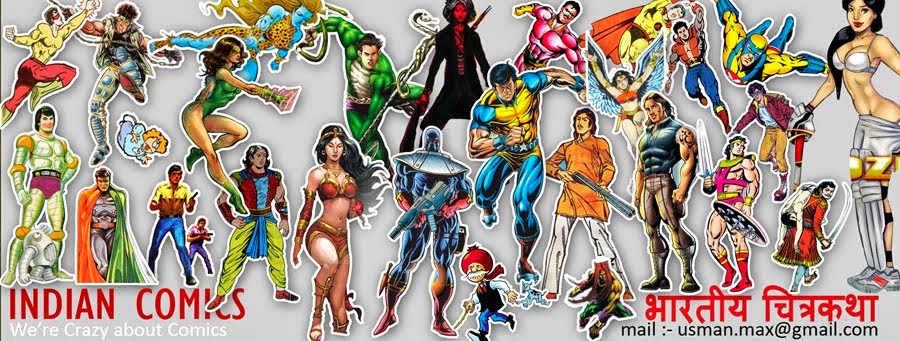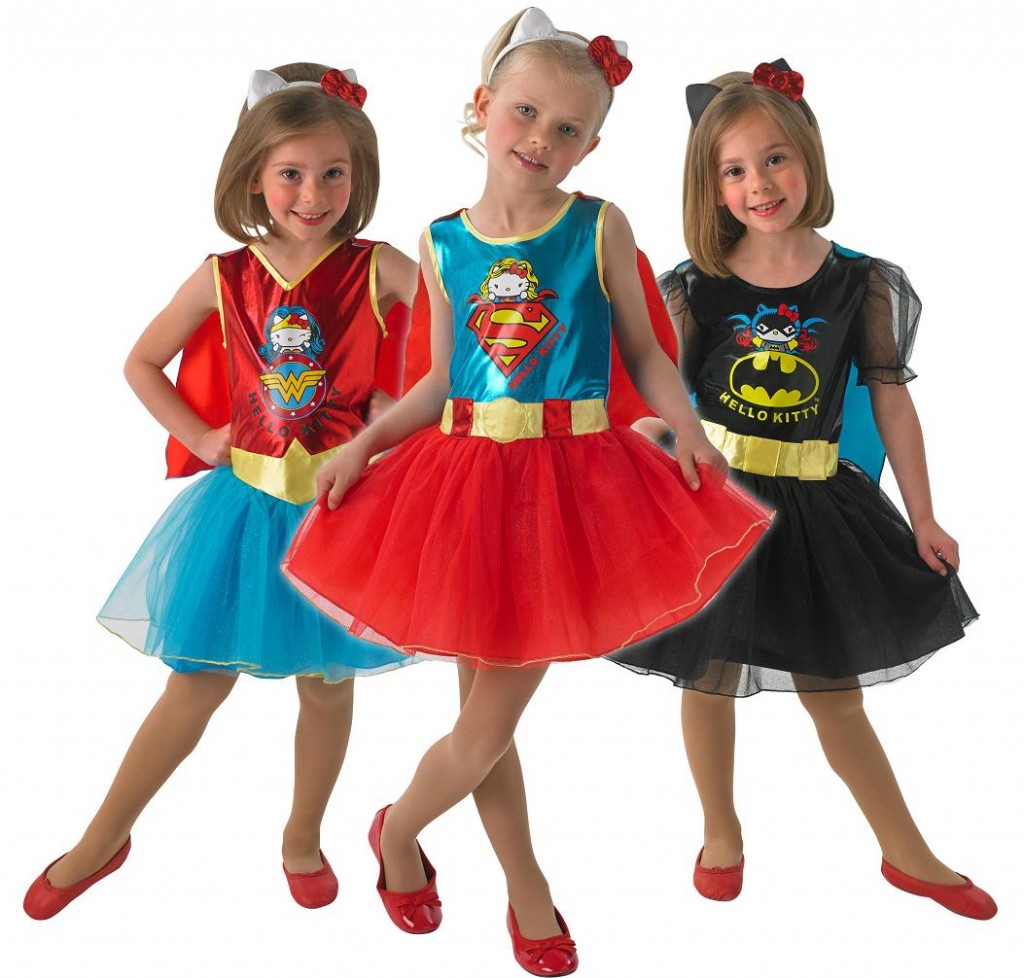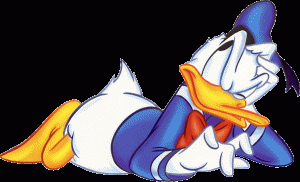A mint condition Indrajal comic published in 1960 and bought for 60 paise was sold for ₹70,000
June 1, 2014:
To most, comic books are an escape from the mundane, with colourful
characters, intricate storylines and awe-inspiring illustration to
capture the imagination and alleviate boredom. But to the serious
collector, comic books can be a serious store of value.
For example, an immaculately preserved copy of Action Comics #1 from
1938, which marks the first appearance of Superman, was auctioned for
over $2.1 million in 2011, making it the most valuable comic book in the
world. And in 2012, a copy of Batman #1 from 1940 was sold in near mint
condition for $8,50,000, a substantial return over its original cover
price of 10 cents.
The charm of comic books hasn’t been lost on Indian aficionados either:
in 2013, a mint condition Indrajal comic published in 1960 and purchased
for 60 paise was sold for ₹70,000.
But how do you value a comic book? Jatin Varma, an avid comic book
enthusiast and the Founder of Comic Con India — a comic book convention
that has been held annually since 2011 — says it’s difficult to
rationalise a one-off sale like the Indrajal comic book in India because
the market isn’t as developed as the international market.
“I feel that people might overpay at this juncture; there’s no data to back up or give a rational reason for price,” he says.
But Arun Prasad, another collector whose passion is Indian comic books,
the Phantom in particular, says, “There is a lot of nostalgic value
attached to comic books. The first 100 issues of Indrajal are the
rarest. Collectors are willing to pay around ₹5,000-10,000 for each
comic book, in any condition. If the condition is exceptionally good
they pay more. I have paid ₹8,000 and even ₹10,000 for a comic with
serial number below 100.”
Nostalgic value
In general, the comic books that have the most collectible value are
those published between 1938 and 1979. Superhero comics hold the most
value, with issues detailing the first appearance or origin of a
character being the most sought after; cowboy comics from the 1950s
based would attract lower prices, even if they are in mint condition.
Comics from the 1980s and later have little value, if any. This is
because the comics industry witnessed a spectacular boom of collectors
who saw potential in the up and coming market. This artificial demand
increased comic print runs, making them virtually worthless in the long
term.
The easiest way to find the exact title, issue number and publication
date is to look for the indicia, that is usually located inside the
front cover or on the first page.
Comic condition
The condition that the comics are in in makes a huge difference. The
international comic industry utilises a 10-point system to grade comics.
A 10 is a mint comic, where the printing is flawless, the staples are
perfectly aligned and the book has no pressure points that can be seen
on the spine.
However, it is rare for even brand new comics to receive this esteemed
grade, as they get a spine pressure point when they are bundled. It’s
easier to find comic books that fall into the grades of ‘near mint’ (9.4
to 9.9 points), ‘very fine’ (8.0 to 9.2), ‘fine’ (6.0 to 7.5), ‘very
good’ (4.0 to 5.5), ‘good’ (2.0 to 3.5) and ‘poor’ (0 to 1.8).
Given that a few points difference in the grade of a comic book could
translate into thousands of dollars in the international market, there
is ample sense in availing the services of a third party grading agency,
such as CGC or PGC, to rate your comics. “They track the number of
copies being published, the number of sale. In a scientific way, they
are able to assign a value to particular issues,” says Varma.
“In India, it’s completely disorganised. There’s no scientific way of
valuing an Indian comic at present,” he says, asserting that the Indian
industry would benefit from having similar certification programmes. The
services of these ratings agencies don’t come cheap, however. For
example, CGC charges $18 for grading comic books with a value up to
$200, but the cost shoots up to $60 if the value is $1,000 and $95 if it
is worth $3,000.
One added advantage of using these services is that the grading
companies will encase the comic in plastic slabs with the grading
information enclosed.
“Once a comic book is rated, the value automatically rises to 5 or 10 times its actual value,” says Prasad.
Art form
The original page that an artist prepares for the publication of a comic book has also become a hot collectible.
Original comic and comic strip art can be found hanging in museums such
as the Metropolitan in New York City and the right piece can fetch tens
of thousands of dollars.
(This article was published on June 1, 2014)Source:-thehindubusinessline.com







 Donald Duck, one of Walt Disney Animation's most enduring characters, turns 80 years old today, according to the company's official accounting.
Donald Duck, one of Walt Disney Animation's most enduring characters, turns 80 years old today, according to the company's official accounting. Starting with Don Donald, he was given his own film series in 1937, which introduced Donald's girlfriend Daisy Duck and sometimes featured his three nephews Huey, Dewey, and Louie.
Starting with Don Donald, he was given his own film series in 1937, which introduced Donald's girlfriend Daisy Duck and sometimes featured his three nephews Huey, Dewey, and Louie.






